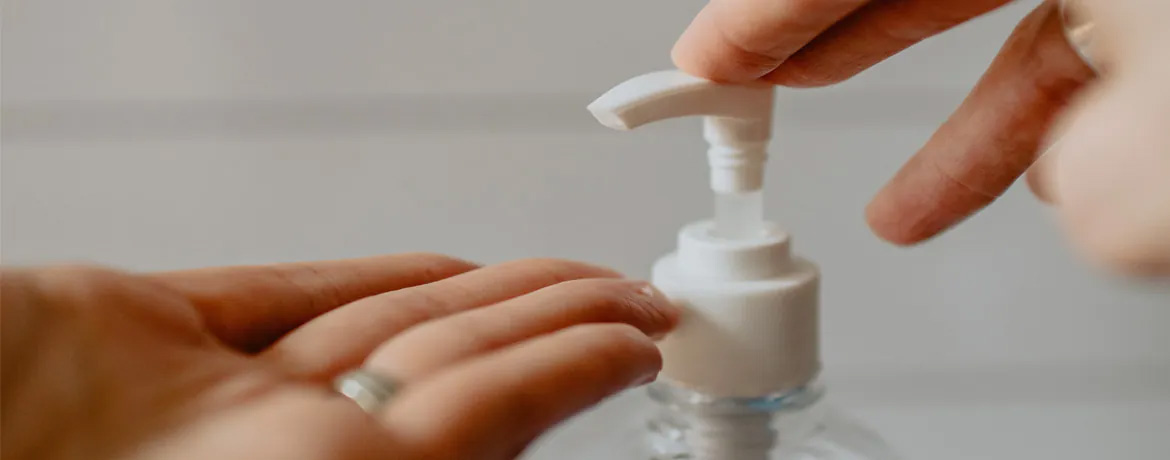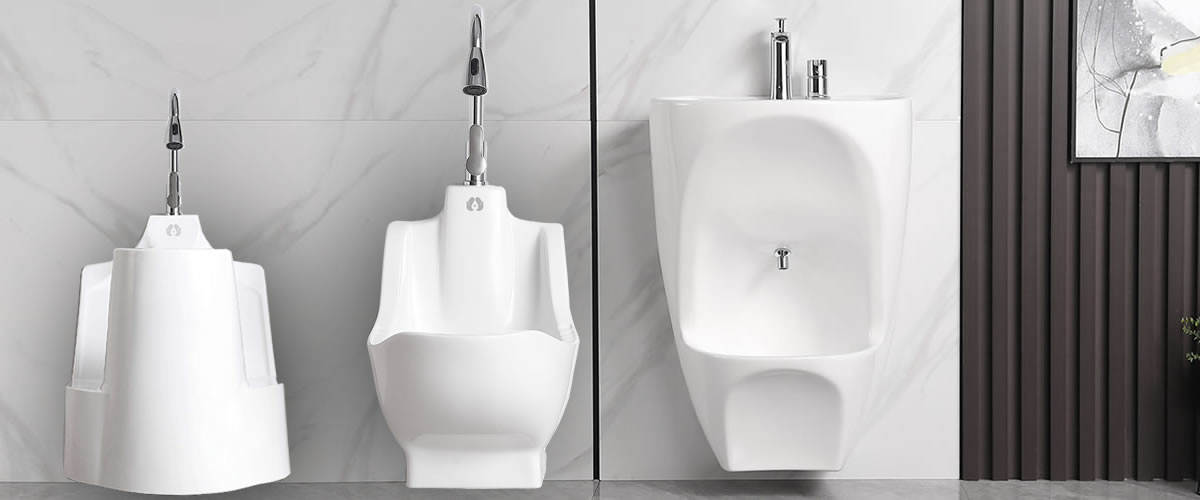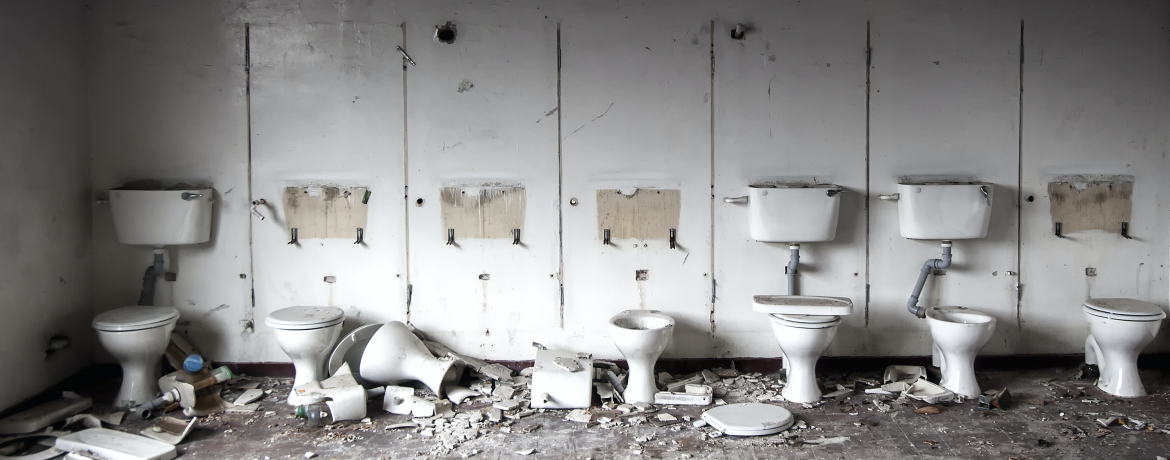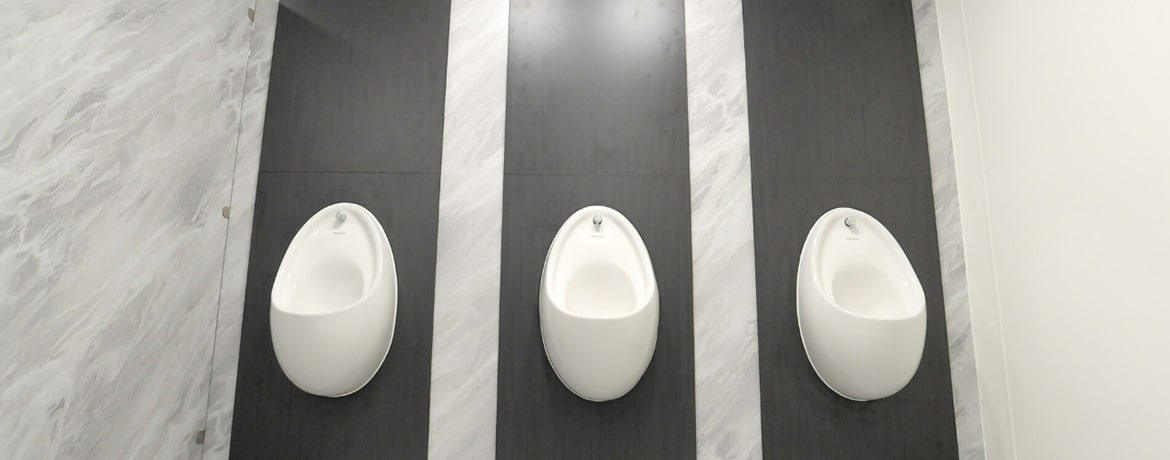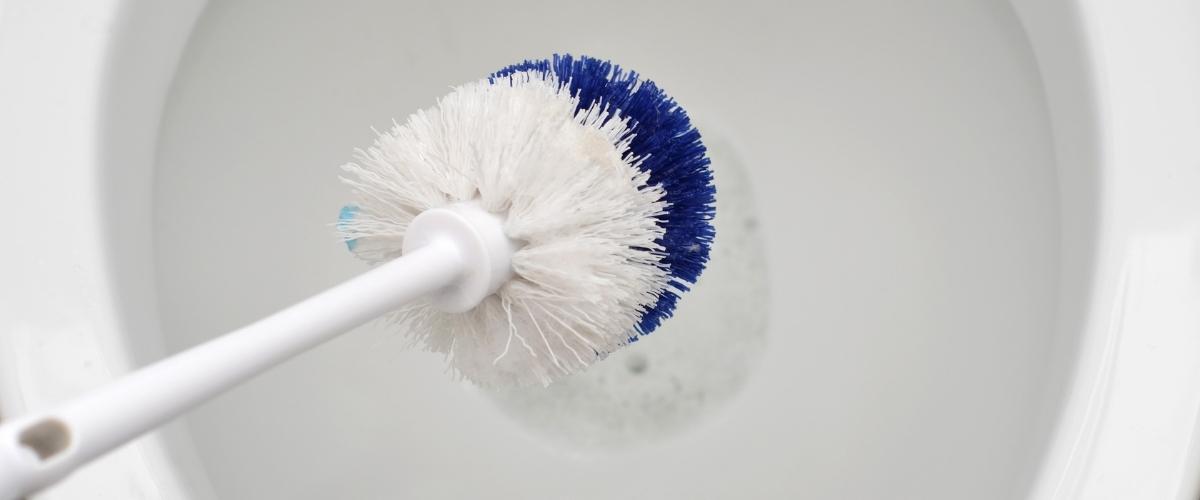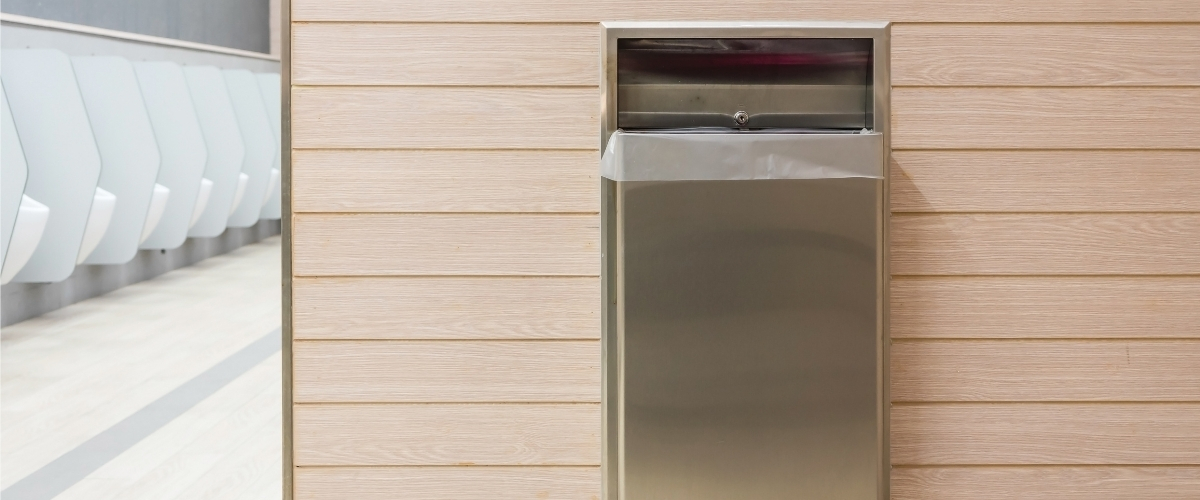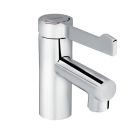Legionella Checks: Reducing The Risks in Washrooms

What is Legionella?
Legionella is a bacteria commonly found in water and can lead to Legionnaires Disease, a lung infection similar to pneumonia, that can be fatal. The Legionella bacteria multiply in temperatures between 20°C and 45°C where nutrients are available. The bacteria are dormant below 20°C and do not survive temperatures above 60°C.
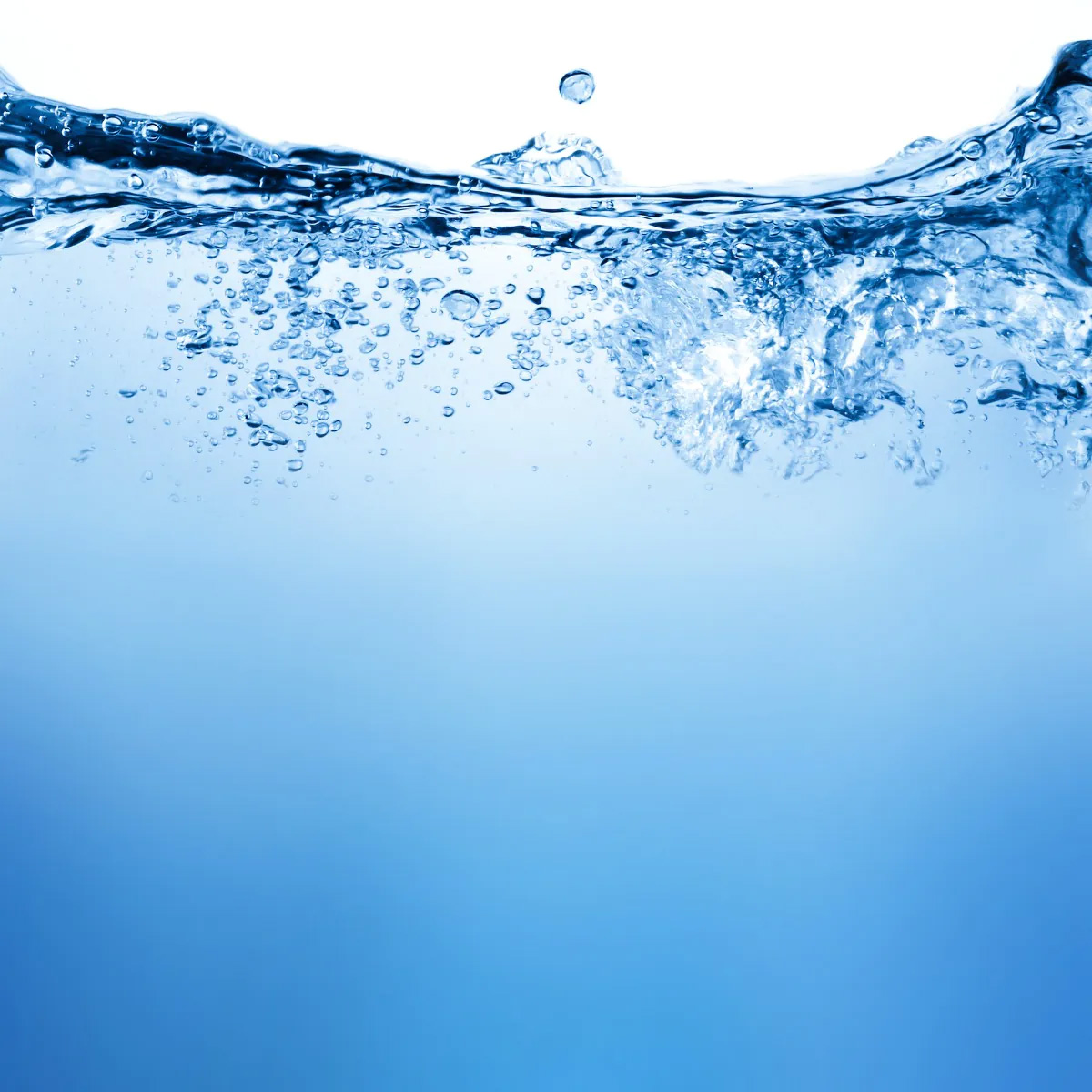

Legionnaires' Disease
Legionella bacteria can cause Legionnaires’ Disease and is contracted by inhaling airborne water droplets and vapours that contain the bacteria. This can come from things like hot and cold water outlets, like showers and spray taps, or hydrotherapy baths and whirlpools and even some air conditioning units.
Anyone can contract Legionnaires’ Disease, but the elderly, smokers, people with respiratory problems, kidney disease and cancer are more at risk. However, it is not contageious and can't be spread from person to person.
Health and Safety Requirements
For health and safety, healthcare and education facilities must have water management checks in place. It is also advisable to also have checks in place for businesses such as offices. For more detailed advice on Health and Safety requirements, visit www.hse.gov.uk.
Water storage and temperature control
One of the best ways to control the risk of Legionella is to check and maintain the temperatures of your water storage and water outlets.
Hot Water Storage Heaters should store water at 60°C or higher. However, hot water should be distributed at a temperature of 50°C or higher. Where there is a risk of scalding, thermostatic mixing valves should be fitted as close to the water outlet as possible.
All cold water should be both stored and distributed at 20°C or lower. 'Sentinel’ outlets are the closest and furthest away outlets from your water storage and these need to be temperature checked once a month to ensure they are distributing water at the correct temperatures. If you have a hot water storage cylinder, this also needs to be checked each month, whereas cold water storage tanks only need to be checked every six months. Below is an easy checklist to use as a guide and outlines the sort of checks that need to be done and how frequently.
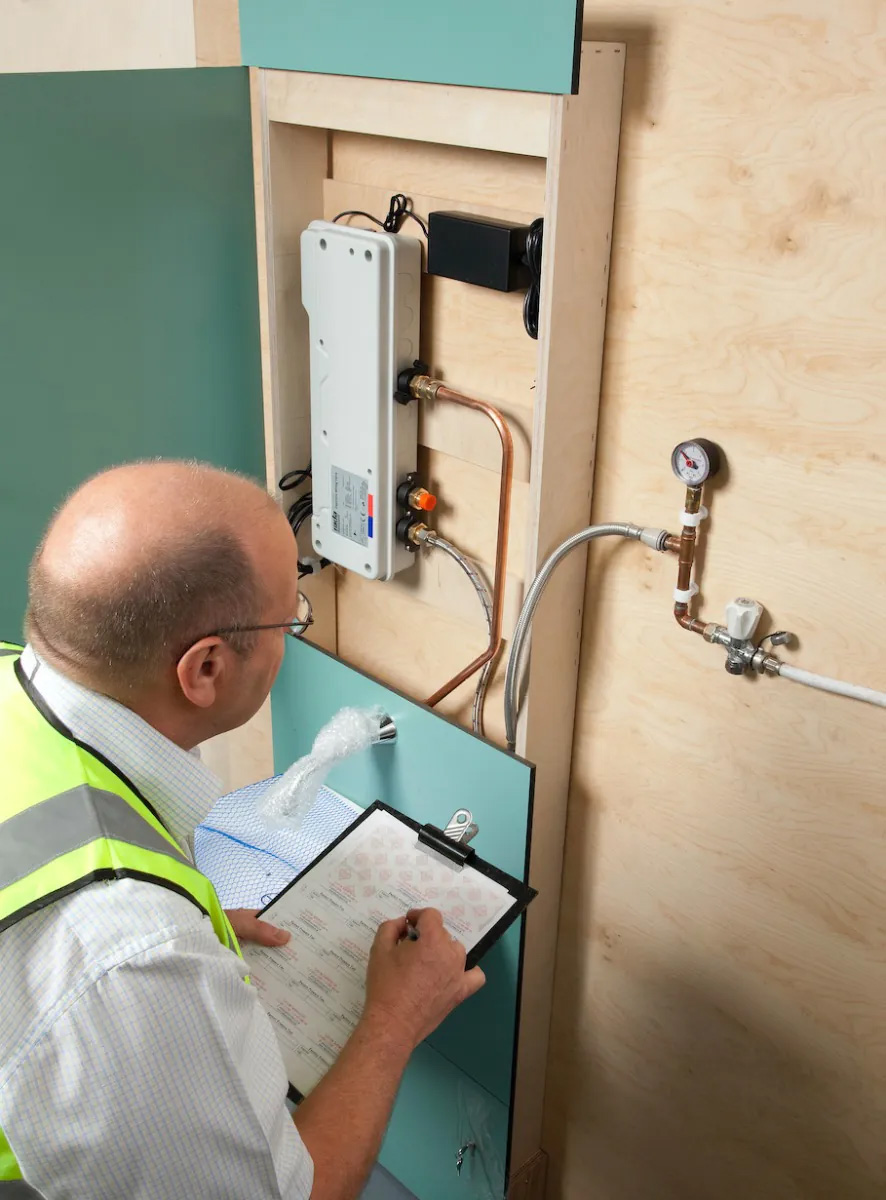

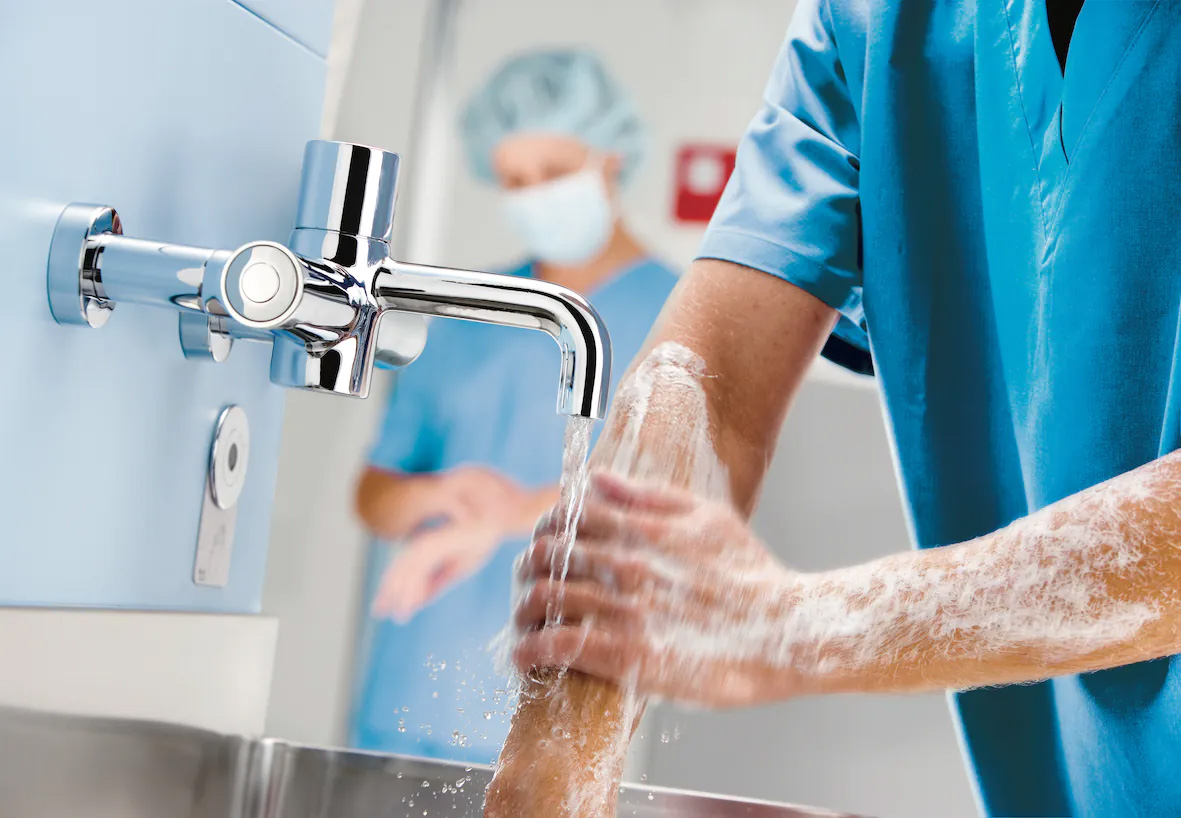

Weekly Checks
Outlets that are infrequently used – once a week or less – need to be flushed through. This includes, taps, showers and hoses.
Monthly Checks
Your ‘sentinel’ outlets need to be checked and have the temperature recorded. Record temperature for hot water after one minute of operation and record cold water temperature after two minutes of operation. Your hot water storage tank or calorifier water heater also needs to be checked and have its temperature recorded.
Quarterly Checks
All showerheads and hoses should be dismantled, cleaned and descaled. This should be recorded.
Six monthly checks
Your cold water storage tank temperature needs to be checked and recorded and also inspected for any debris or corrosion.
Annual Checks
At least once a year, all water outlets should be checked for their distribution temperature and also inspected for corrosion and deterioration. In some establishments, a drain sample may be required to be sent off and tested too. For more detailed advice, please visit www.hse.gov.uk
Additional Safety Measures
To reduce the risk of Legionella, even more, you can fit water tanks with secure lids and insect screens. Keep pipework as straight and direct as possible and remove any ‘dead legs’ from your system – those bits of pipework that have a dead end. It is also worth checking and making sure that your pipework, where necessary, is well insulated.
Got a question? Get in touch
MORE TO EXPLORE IN Related Posts

Brushed SS with Pex Tails DVS A45 Aquarius Doc M Sensor Tap

Bristan Fixed Temperature Timed Flow Shower Panel with Vandal Resistant Headset

